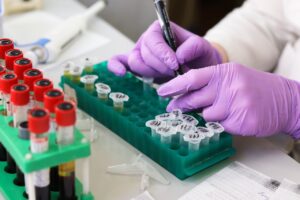
The United States Preventive Services Task Force (USPSTF) has updated its breast cancer screening guidelines, now recommending that screenings start at age 40 and take place every two years until they are 75.
The USPSTF outlined some of the key aspects of these new recommendations:
These guidelines are intended for:
- All women who are aged 40 and older
- Women with a family history of breast cancer
- Women with dense breast tissue
However, the guidelines do not apply to:
- Women with a personal history of breast cancer
- Women at higher risk due to genetic factors or high-dose radiation exposure
- Women who have had high-risk breast lesions in previous biopsies
Aiming to Save More Lives
The USPSTF is an independent panel of medical experts that provides recommendations on the best preventive healthcare services for patients.
In revising the breast cancer screening guidelines, the organisation reviewed the latest evidence to enhance early detection and improve survival rates.
Previously, the USPSTF advised women in their 40s to decide on breast cancer screenings based on their individual health histories and preferences. However, new data indicates that starting screenings at age 40 can benefit all women. Consequently, the USPSTF now recommends mammograms every two years for women aged 40 to 74.
For women over 75, the USPSTF advises consulting with their healthcare providers, as further research is needed to assess the benefits and risks of continuing screenings later in life.
Dr. Wanda Nicholson, chair of the USPSTF noted: “More women in their 40s have been getting breast cancer, with rates increasing about 2% each year, so this recommendation will make a big difference for people across the country. By starting to screen all women at age 40, we can save nearly 20% more lives from breast cancer overall. This new approach has even greater potential benefit for black women, who are much more likely to die of breast cancer.”



